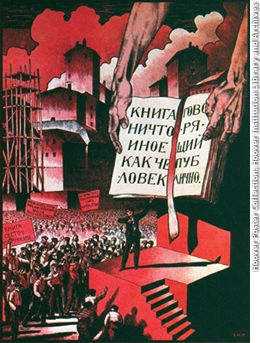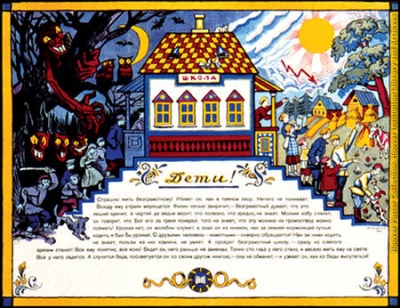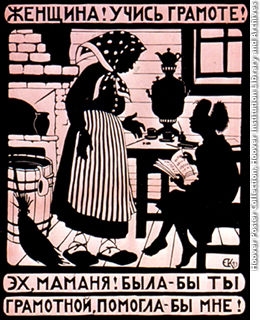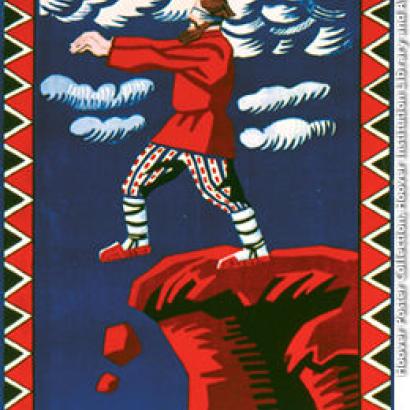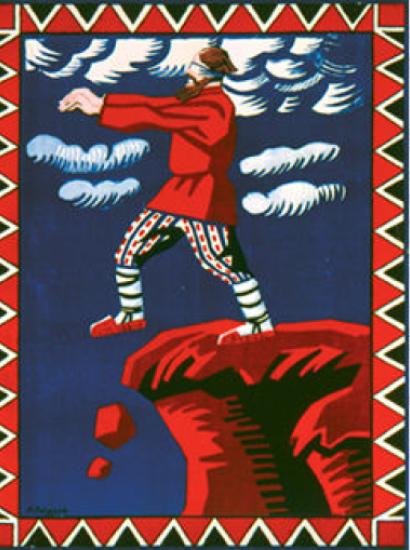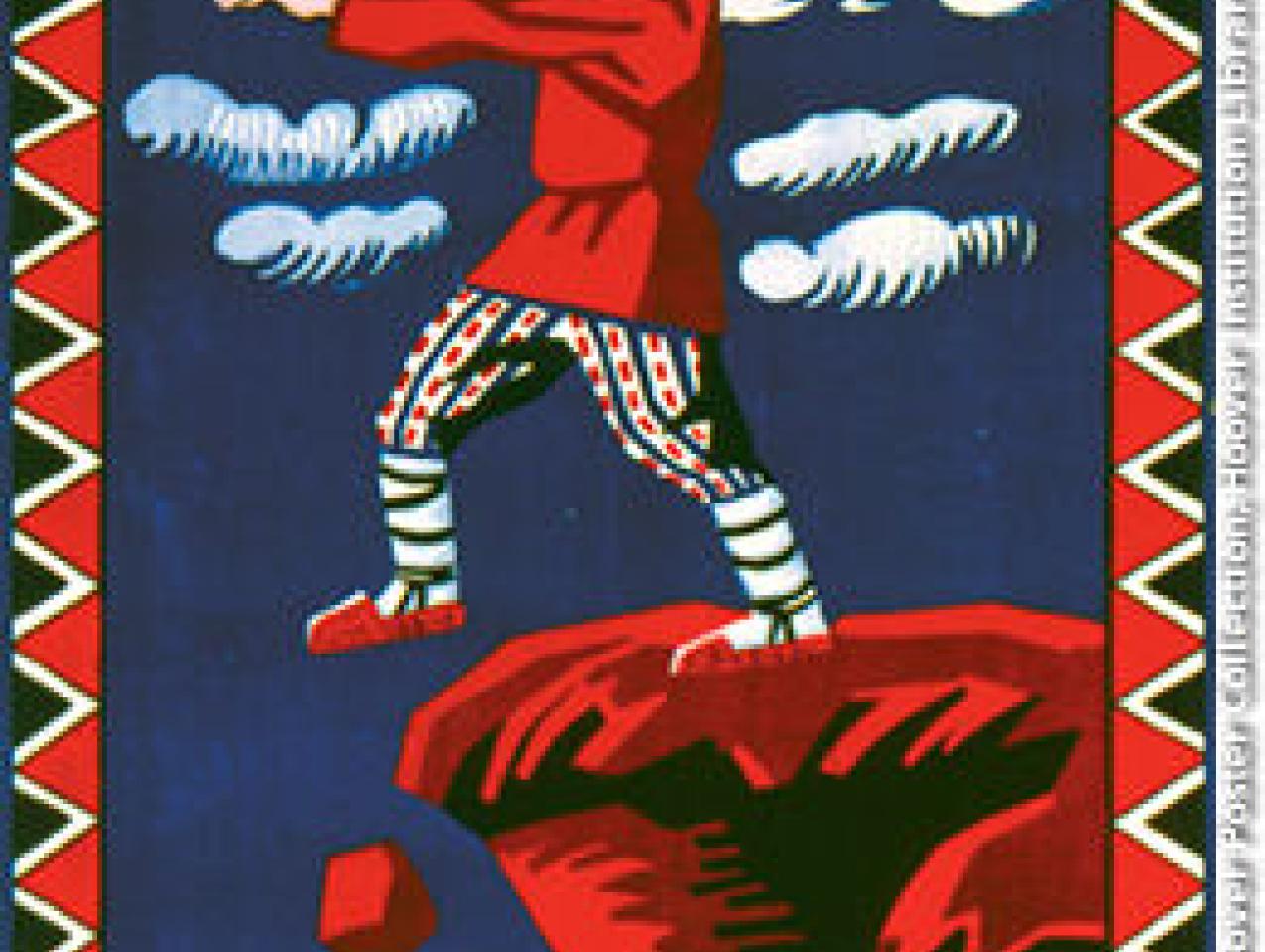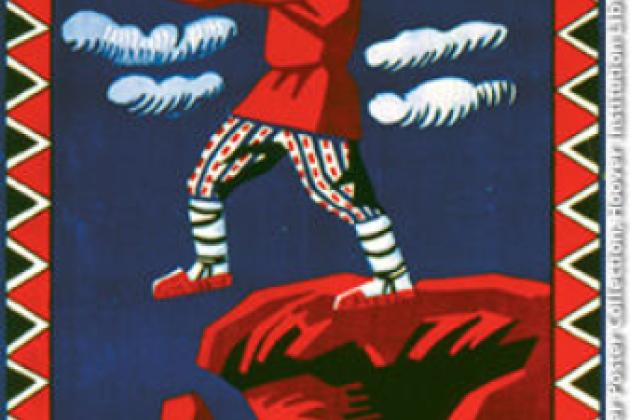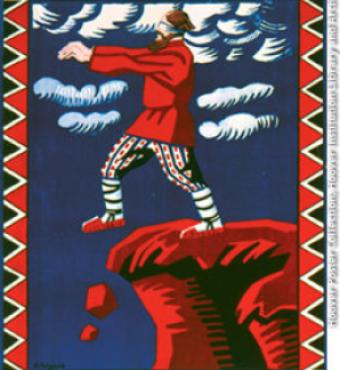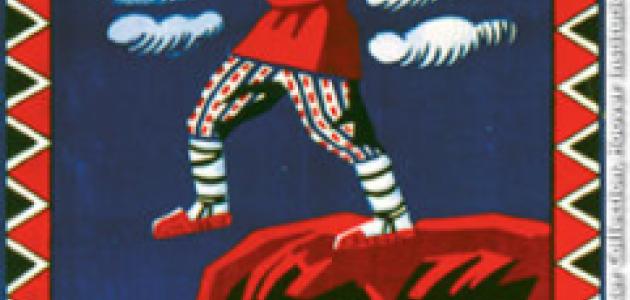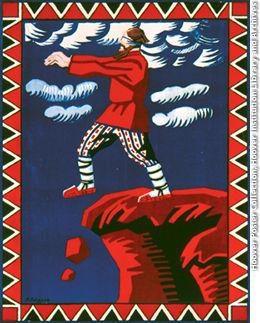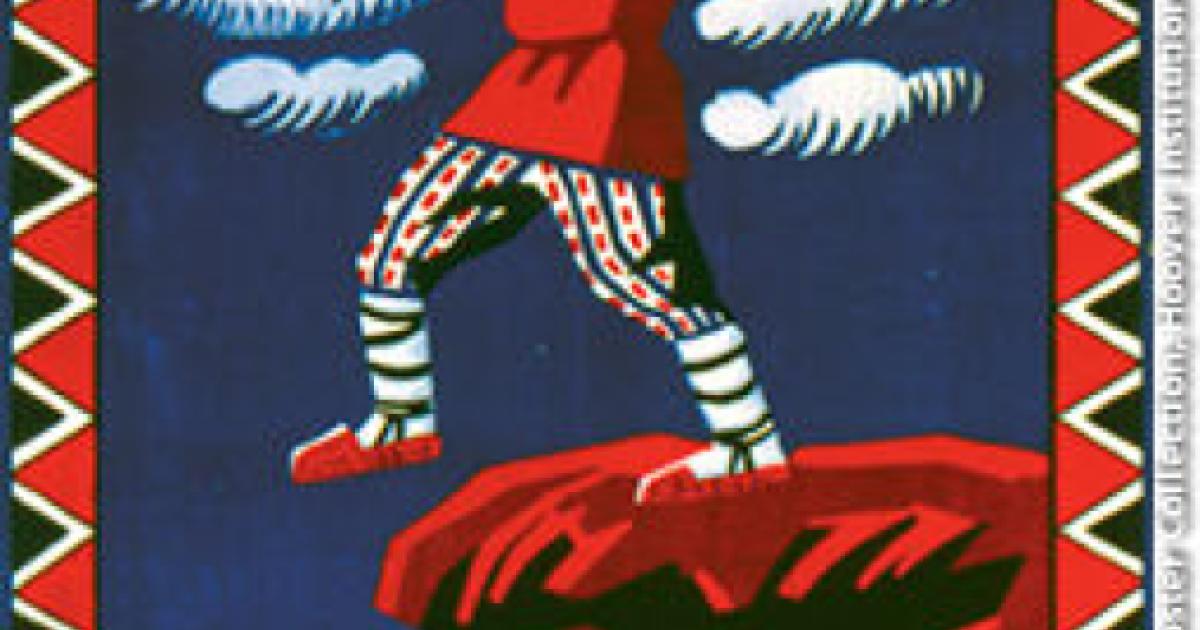- Contemporary
- History
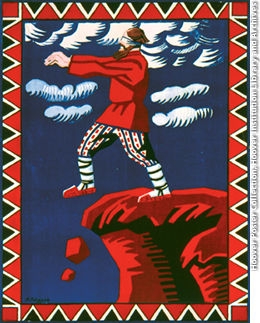
On December 26, 1919, Lenin issued an official decree that all members of the population between the ages of 8 and 50 who could not read or write would be obligated to study reading in either Russian or their native language. He gave his commissar of enlightenment, Anatoly V. Lunarcharsky, two weeks to work out the details.
Lunarcharsky envisioned adult learning taking place in factory reading rooms, where workers could read and discuss Marxist pamphlets on their work breaks. Peasants would learn to read in village reading huts, where newspapers would be available. School-age children would teach illiterate parents. A series of dramatic posters was prepared to promote the campaign, as Pravda asserted that posters had a particular ability to sway the masses, making “a first impression on their consciousness which lectures and books can subsequently deepen.” In 1920, German economist Alfons Goldschmidt reported, “You find posters on all the walls, in thousands of Moscow shops, on telegraph poles, in pubs, in factories—everywhere you find posters.”
The introduction of free compulsory education up to the age of 17 and the creation of an infrastructure for mass adult learning became tools for shaping the minds of the new Soviet citizens. The leap from ignorance to knowledge, then, was synonymous with embracing the ideology of the new regime. In Central Asia the literacy campaign was linked to establishing the Russian alphabet.
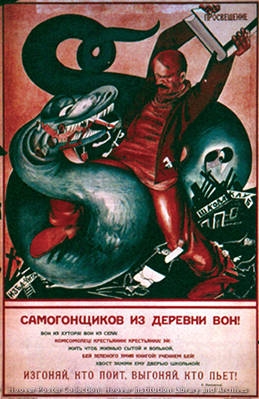
Soviet artists relied on familiar images, national archetypes, and association to create an easily recognizable visual code and develop a simple alphabet of literacy. The Russian word for education, prosveschenie, literally means enlightenment; an ignorant person is called temnyi (dark). With enlightenment comes progress and power. Darkness brings slavery.
Literacy in the Soviet public space had two faces, public and private. Public appeals concerned constructing new educational spaces, contributing to community education, and engaging with the work of schools and libraries—by extension, the construction of the new Soviet state. The private face of literacy emphasized the personal satisfaction that came from knowing how to read, not to mention the economic rewards of better crops, healthier stock, and that ever-present symbol of progress the lightning rod, harnessing the unruly power of nature.
Although Lunarcharsky lost influence in the Stalin era and resigned in 1929, his literacy campaign continued to be enormously successful. Statistics from the end of the nineteenth century, claiming that nearly 70 percent of Russia’s male and 90 percent of its female population to be illiterate, gave way to new statistics by the eve of World War II, showing 89.1 percent of Soviets between the ages of 9 and 49 able to read and write.
On the following pages are literacy campaign posters chosen from more than 3,000 Russian and Soviet posters in the Hoover Archives collections.
Many more Soviet literacy posters can be seen in the exhibit “Alphabeticon: Russian Experiments with Text and Image in the Twentieth Century” at the Herbert Hoover Memorial Exhibit Pavilion through August 30, 2003. Faculty and student curators from the Stanford Department of Slavic Languages and Literatures—Oksana Bulgakowa, Dustin Condren, Heather Farkas, Monika Greenleaf, Dietmar Hochmuth, Martha Kelly, Matthew Morris, Anna Muza, Sara Pankenier, Joshua Walker, and Glen Worthey—illustrate the relationship between the written text and visual image in the visual arts, literature, and performance. For more information contact the Hoover Archives, 650.723.3563, or visit www.hoover.org/hila.
